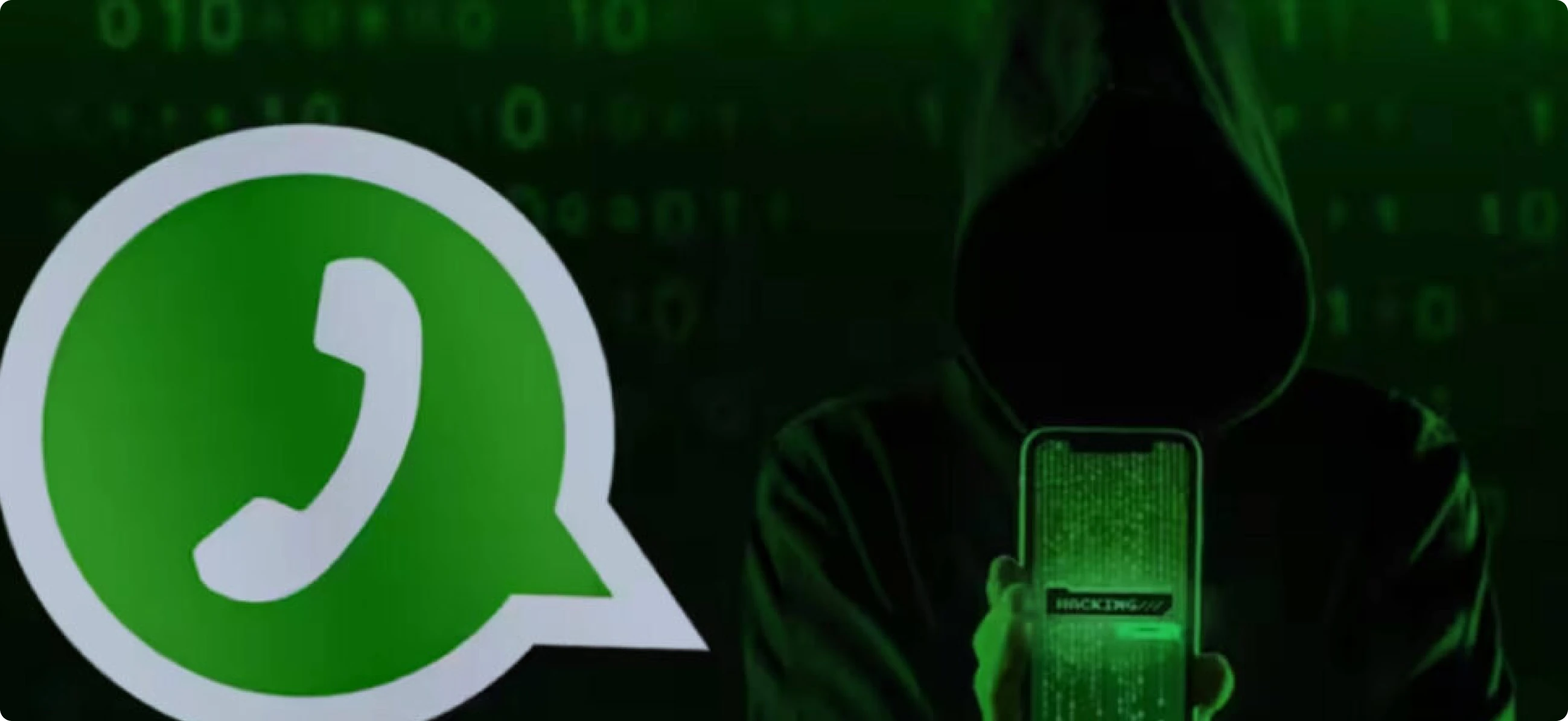Netflix Scams and How to Protect Yourself
Introduction
Netflix is no stranger to its subscribers being targeted by SMS and email-led phishing campaigns. But the most recent campaign has been deployed at a global scale, affecting paid users in as many as 23 countries according to cybersecurity firm Bitdefender. In this particular campaign, attackers are using the carrot-and-stick tactic of either creating a false sense of urgency or promising rewards to steal financial information and Netflix credentials. For example, users may be contacted via SMS and told that their account is being suspended due to payment failures. A fake website may be shared through a link, encouraging the individual to share sensitive information to restore their account. Once this information has been input, it is now accessible to the attackers. This can create significant stress and even financial loss for its users. Thus, they are encouraged to develop the necessary skills to recognize and respond to these threats effectively.
How The Netflix Scam Works
Users are typically contacted through SMS. Bitdefender reports that these messages may look something like this:
"NETFLIX: There was an issue processing your payment. To keep your services active, please sign in and confirm your details at: https://account-details[.]com"
On clicking the link, the victim is directed to a website designed to mimic an authentic user experience interface, containing Netflix’s logo, color scheme, and grammatically-correct text. The website uses this interface to encourage the victim to divulge sensitive personal information, such as account credentials and payment details. Since this is a phishing website, the user’s personal information becomes accessible to the attacker as soon as it is entered. This information is then sold individually or in bundles on the dark web.
Practical Steps to Stay Safe
- Know Netflix’s Customer Interface: According to Netflix, it will never ask users to share personal information including credit or debit card numbers, bank account details, and Netflix passwords. It will also never ask for payment through a third-party vendor or website.
- Verify Authenticity: Do not open links from unknown sources sent by email or sms. If unsure, access Netflix directly by typing the URL into the browser instead of clicking on links in emails or texts. If the link has been opened, do not enter any information.
- Use Netflix’s Official Support Channels: Confirm any suspicious communication through Netflix’s verified help page or app. Write to phishing@netflix.com with any complaints about such an issue.
- Contact Your Financial Institution: If you have entered your personal information into a phishing website, you should immediately reach out to your bank to block your card and change your Netflix password. Contact the authorities via www.cybercrime.gov.in or by calling the helpline at 1930 in case of loss of funds.
- Use Strong Passwords and Enable MFA/2FA: Users are advised to use a unique, strong password with multiple characters. Enable Multi-Factor Authentication or Two Factor Authentication to your accounts, if available, to add an extra level of security.
Conclusion
Phishing campaigns which are designed to gather customer data through fraudulent means often involve sending links to as many users as possible, with the aim of monetizing stolen information. Attackers exploit user trust in online platforms to steal sensitive personal information, making such campaigns more sophisticated as highlighted above. This underscores the need for users of online platforms to practice good cyber hygiene by verifying information, learning to detect suspicious information and ignoring it, and staying aware of the types of online fraud they may be exposed to.
Sources
- https://www.bitdefender.com/en-gb/blog/hotforsecurity/netflix-scam-stay-safe
- https://help.netflix.com/en/node/65674
- https://timesofindia.indiatimes.com/technology/tech-news/netflix-users-beware-this-netflix-subscription-scam-is-active-in-23-countries-how-to-spot-one-and-stay-safe/articleshow/115820070.cms






